How Can Sales Team Close Deals Faster With CLM?
Sales is often described as the heartbeat of any organization. From the first whisper of interest voiced by a potential client to the moment when the ink is finally dry on a deal, the sales team works tirelessly building trust, removing friction, and delivering value. And still, even after working so hard, so many deals stall at one stage: Contract Management. Delays infuriate sales representatives who would rather close and get on to the next one. There is some good news, contract lifecycle management (CLM) solutions are proving to be the difference.
An efficient CLM solution can shorten contract cycle times by up to 82%, cutting weeks to days. From 20 days in the approval cycle to four days improves not only valuable time for the sales force, but also vastly improves customer experience. Faster contracts translate to faster revenue recognition, better customer satisfaction, and increased competitive edge.
This blog discusses how CLM facilitates sales teams to close transactions in less time, why companies are being held back by legacy approaches, and how an AI-infused, CRM-integrated approach turns contracts from bottlenecks into accelerators.
Breaking Bottlenecks: Why Contracts Slow Sales Down
Every sales journey starts with excitement. A lead is interested, the sales team build rapport, and both teams are aligned as far as expectations go. But the minute negotiations reach the agreement on the contract, momentum is lost..webp?width=300&height=300&name=Untitled%20design%20(31).webp)
Why? Because manual contract management is riddled with inefficiencies.
Manual processes rely on email threads, Microsoft Word files, or even printed contracts emailed back and forth between offices. In these environments, contracts ping-pong among sales, legal, and finance and back, and both parties revise on their own. Confusion piles up about which one is the current version, deadlines are missed, and negotiations drag on longer than they need to. Instead of accelerating to revenue, deals stall.
For large enterprises with thousands of contracts across many global teams, the complexity increases exponentially. One document might involve regional compliance checks, multi-level approval cycles, or eleventh-hour pricing adjustments. Without a centralized system, sales operations are left vulnerable to costly mistakes, delays, and compliance failures. What should be a smooth process from quote to signature becomes a maze.
The consequences are serious. A delayed contract risks pushing revenue recognition into the next quarter, jeopardizing sales targets and straining customer relationships. Buyers even lose interest altogether, turning to competitors who can close deals faster.
That is where CLM enters the picture-not as a document repository, but as a strategic tool that makes contracts drivers of faster, smarter deal-making.
Speed Meets Precision: How CLM Accelerates the Sales Cycle
The promise of CLM is simple yet enticing: streamline contracts so that they are as simple as the rest of the sales process. Done correctly, a CLM system ensures that deals keep coming without sacrificing compliance, accuracy, or customer trust.
At the core of this transformation are automation, integration, and visibility. A modern CLM allows sales team to construct contracts in seconds, from pre-approved templates and clause libraries built by lawyers. Instead of days or weeks waiting for legal to produce boilerplate agreements, sales professionals can construct compliant contracts instantly, directly from CRM.
This reduces bottlenecks dramatically. For instance, if a sales team uses Salesforce with a CLM system, the opportunity data automatically populates the contract. No copying and pasting data or risk of error in pricing, terms, or customer data. The contract is done in minutes, enabling sales reps to move while interest is high.
Drafting speed doesn't decrease. CLM accelerates reviews and approvals too. Built-in workflows notify the right stakeholders at the right time, eliminating guesswork and incessant email follow-ups. Version control ensures everyone's working on the latest document, saving hours of back-and-forth and frustration. Integrated e-signature solutions like DocuSign or Adobe Sign lock it down, allowing contracts to be signed securely from any device.
The benefit? Sales reps get their valuable time back. Instead of babysitting contracts, they are free to focus on relationship-building, new business development, and meeting revenue goals. Deals that used to take weeks to close can now be closed in half the time.
Contracts to Conversions: CLM as a Strategic Sales Tool
Initial impression, CLM might seem like a legal department tool. Obligations, terms, and compliance requirements are defined in fact in contracts. Strategically, however, CLM is just as, if not more so, critical to sales teams.
Consider the typical sales pipeline. Prospecting and pitching first, followed by the contract moment of truth. It's the.webp?width=300&height=300&name=Untitled%20design%20(35).webp) bridge from "interest" to "commitment." But if that bridge is unstable, late approvals, mysterious redlines, misplaced documents-the deal falls apart. By embedding CLM in sales operations, organizations make contracts an asset rather than a liability.
bridge from "interest" to "commitment." But if that bridge is unstable, late approvals, mysterious redlines, misplaced documents-the deal falls apart. By embedding CLM in sales operations, organizations make contracts an asset rather than a liability.
An updated CLM doesn't just automate processes; it builds trust. Customers are impressed by how quickly their problems are solved, how issues are rolled out seamlessly, and how openly terms are disclosed. That level of professionalism builds trust, increasing the likelihood of repeat business.
Besides velocity, CLM strengthens compliance and reduces risk. Sales team can work from pre-approved templates and not risk the possibility of using untested language. Legal is in charge with locked clauses and conditional rules, but sales have autonomy to close independently. It's best of both worlds: compliance without compromise.
Moreover, CLM extends beyond the signed document. Once a contract is signed, the system tracks key obligations, terms of renewal, and performance metrics. Sales teams no longer desperately try to remember when a client's contract is eligible for renewal or miss upsell opportunities. Instead, CLM provides real-time visibility, maintaining relationships active and revenue streams intact.
In that context, CLM is more than a closing solution-it's an empowerment tool for revenue. By keeping contracts in order, accessible, and actionable, sales teams can uncover new opportunities, avoid revenue leakage, and foster stronger long-term relationships.
The AI Advantage: Smarter Contracting for Modern Sales
Whereas integration and automation introduce speed, AI takes CLM to an entirely new height. AI-powered CLM solutions can leverage historical data to predict potential delays, identify high-risk clauses, and recommend negotiation strategies. Instead of responding to delays, sales teams get an early alert.
For example, AI can flag a clause in a client agreement automatically as out of the ordinary if it does not fit standard provisions, releasing dozens of hours of human checking. AI extracts critical information, renewal dates, payment terms, service levels-from hundreds of agreements, never faltering. AI gets smarter with time from past deals and provides feedback on which terms finalize the fastest and which most commonly cause hold-ups.
In multimillion-dollar companies with thousands of contracts worldwide, this intelligence is a game-changer. Sales operations turn from bottleneck managers to revenue drivers and strategic partners. Instead of being slowers of deals, contracts are now valuable pools of insights that make sales strategies more pointed and forecasting more accurate.
The integration of AI and CLM offers not only speed but accuracy, risk management, and competitive advantage.
Seamless Integration: Why CRM + CLM is the Winning Duo
One of the key reasons why contracts hold back sales is that they take reps out of their natural environment. Sales teams exist within CRMs such as Salesforce or HubSpot. Every time they switch to Word files, email chains, or.webp?width=300&height=300&name=Untitled%20design%20(34).webp) standalone e-signature tools, productivity and efficiency drops.
standalone e-signature tools, productivity and efficiency drops.
That is why in-depth integration between CLM and CRM is not up for debate. Bi-directional synchronization allows reps to create, manage, and close contracts within their CRM. Opportunity information automatically flows into contracts, and signed contracts are sent back into the CRM, giving the entire customer life cycle in one view.
This combination cuts out manual data input, minimizes errors, and makes sure that everyone-salesteam to finance-works from one source of truth. It also improves reporting. By merging CRM pipeline data with CLM contract data, leaders get compelling insights into deal speed, cycle duration, and revenue projections.
In real life, this equates to fewer delays, more precise contracts, and greater visibility into the overall sales process. To sales teams working hard to meet aggressive quotas, the CRM + CLM combination is a game-changer.
The Payoff: Faster Deals, Happier Clients, Stronger Revenue
So, what does happen when sales teams embrace CLM?
The outcomes are clear. Deal velocity accelerates as contracts flow quickly through approvals. Sales reps get time back once wasted on administrative tasks, enabling them to sell. Customers receive a smoother, more professional experience, solidifying relationships and trust.
In addition to the short-term wins, CLM creates long-term value as well. By monitoring renewals, obligations, and performance metrics, organizations minimize revenue leakage and maximize customer lifetime value. Compliance risks are reduced, ensuring contracts not only close quickly but also hold up to regulatory and legal scrutiny.
Finally, CLM turns contracts from the slowest segment of the sales cycle into one of its greatest accelerators. For companies operating in competitive industries, that change can be the difference between meeting goals and losing ground.
Conclusion
Contracts should never be obstacles to revenue-they should be bridges. But for too long, manual processes, systems in silos, and endless loops of email have gotten in the way of sales teams. Today's contract lifecycle management solutions eliminate that. With automation, AI, and CRM integration, CLM transforms contracts into strategic assets that enable sales to close deals more quickly, more intelligently, and with more confidence.
For companies still struggling with traditional approaches, the word is clear: the price of slow contracts is too steep. Each delay jeopardizes lost revenue, sabotaged client relationships, and compromised competitiveness. But through the appropriate CLM solution, sales teams achieve not just speed but visibility, compliance, and long-term growth potential as well.
In a world of business where agility is the key to success, CLM is not only a back-office solution-it's a frontline driver of sales greatness. The quicker you deploy it, the quicker your team will close deals, amaze customers, and propel revenue forward.
To skyrocket the potential of your business, Schedule a free demo with Dock 365.
Book a Live demo
Schedule a live demo of Dock 365's Contract Management Software instantly.
.jpg?width=1260&height=1205&name=Image%20(2).jpg)
Written by Fathima Henna M P
As a creative content writer, Fathima Henna crafts content that speaks, connects, and converts. She is a storyteller for brands, turning ideas into words that spark connection and inspire action. With a strong educational foundation in English Language and Literature and years of experience riding the wave of evolving marketing trends, she is interested in creating content for SaaS and IT platforms.


